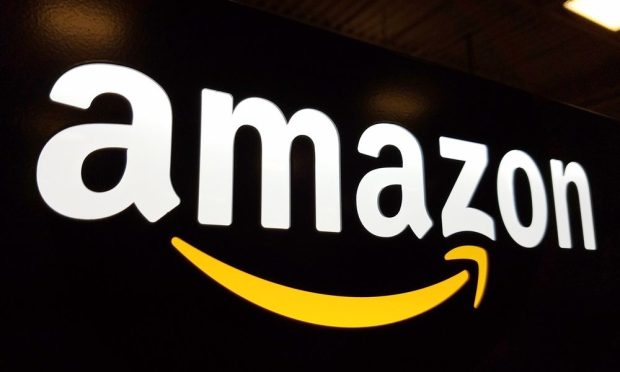Amazon Go Goes To The Grocery Store

Amazon is testing the idea of expanding its cashierless checkout technology to a larger store format, experimenting with it in Seattle in a space that is formatted to be like a big store, reported the Wall Street Journal.
The report, citing people familiar with the matter, reported that if the test proves successful it would put retailers further on notice that they need to increase the convenience factor. According to the Wall Street Journal the system being tested tracks what shoppers pick up from store shelves and charges them as they exit the store. While the technology has worked well in a smaller store format, the paper reported it’s tougher to pull off in larger spaces that carry more products and have higher ceilings. That could mean it will take a while before Amazon could roll out the technology to larger format stores. What’s more, the paper said it’s not clear if the idea is to use the technology in Whole Foods. People familiar with the matter did tell the Wall Street Journal that executives within Amazon think having cashierless checkout in Whole Foods stores is the most likely place they can make it work. Amazon declined to comment, noted the WSJ.
Currently the cashierless technology is in use in seven Amazon Go stores located in Seattle, Chicago and San Francisco, with plans to add more of these stores around the country. Each store has less than 2,500 square feet and sells drinks, groceries and other products. If Amazon is able to roll out larger Amazon Go stores, it would be another direct assault on grocery store operators — which have been reeling ever since Amazon acquired Whole Foods in 2017 for $13.5 billion. It has forced them to launch more technology, offer one-hour delivery and host of other services to compete against Whole Foods backed by Amazon. Rolling out the technology in a Whole Foods store, which usually has 40,000 square feet of items and carries around 34,000 different products, would prove much more challenging. Tracking, for one example, would be tougher to do than in smaller locations, noted the report.
